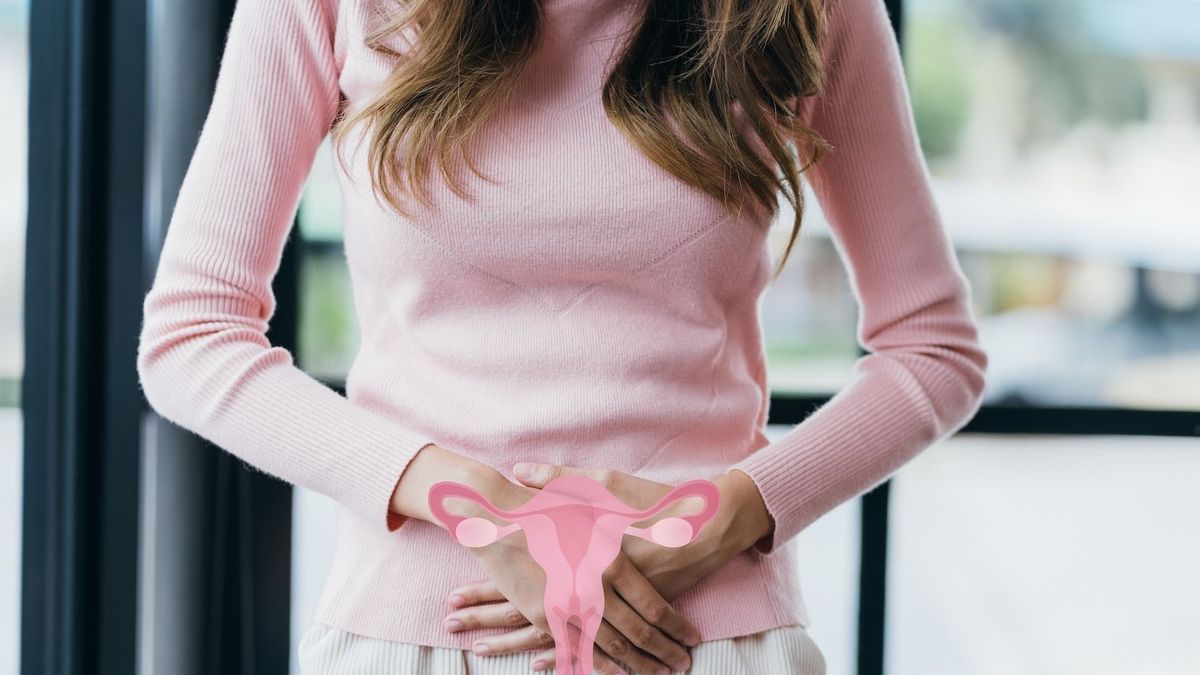
American authorities have validated the “self-smear” for cervical cancer screening. According to the American Cancer Society, this is a real breakthrough for many women who do not currently benefit from regular gynecological follow-up.
Roche Diagnostics announced on May 15 that the Food and Drug Administration (FDA) had approved its human papillomavirus (HPV) self-collection solution, one of the first available in the United States.
HPV self-sampling approved in the United States
HPV screening can help identify women who are at risk of developing cervical cancer before the cancer has time to develop. HPV self-collection provides an accessible testing option. In a healthcare setting, a person collects their own vaginal sample, which is sent to a laboratory for analysis with Roche's cobas® molecular instrument, validated in the IMPACT trial. Those who test positive for HPV will then continue their care with a healthcare professional.
“Thanks to vaccinations, innovative diagnostic tools and screening programs, it is possible to reach the WHO goal of eliminating cervical cancer by 2030“, enthuses Matt Sause, CEO of Roche Diagnostics.
An announcement also welcomed by the American Cancer Society which declared in a press release that “Most cervical cancers occur in people who have never had a cervical cancer screening test or who have not had one recently. This is why adding self-sampling at a health center as a screening method for this potentially deadly disease can have a huge impact“.
In the United States, more than half of patients diagnosed with cervical cancer have never been screened or have been screened rarely, and they do not participate in routine screening.
Twice as much participation for women removed from screening
Even if in Europe, the situation is less dramatic, it is estimated that one in four women do not have gynecological follow-up and do not regularly carry out cervical cancer screening smears. A real health problem, since home papillomavirus collection kits could “double” the screening rate among under-screened women according to a study published in the journal The Lancet Public Health in 2023. The study conducted among under-screened women showed that among those who had received the home kits, the participation rate in cervical cancer screening was almost double (72%) compared to compared to those who had only received simple help to make an appointment (37%).
Dr Noel Brewer, co-author of the study, said at the time: “Government approval of at-home HPV testing would have a huge impact. We could better reach populations in rural areas where cervical cancer screening is difficult. Additionally, only people who test positive should go to a clinic for testing. For the many Americans without reliable access, at-home cervical cancer screening would allow them to get vital preventive care“Her wish is now granted.
A real asset in addition to the follow-up consultation
Beyond this 2023 study, studies are accumulating to demonstrate that the use of self-tests for this detection is also effective according to a study dating from 2014 in Europe and makes it possible to reach women far from the healthcare system (a study English dating from 2019 already reminded us). In Europe, a study carried out by the Cancer Screening Coordination Center at Tours University Hospital was intended to assess the relevance of this measure to Europe.
Of course, these self-tests cannot constitute a single solution: they will not replace a visit to a doctor which allows a more general assessment of many health issues, but they would make it possible to reach women aged 25 to 65. usually not participating in screening programs.
In Europe, 17 million women aged 25 to 65 are affected by the generalization of this screening. Even though the prevention of this cancer has benefited from effective vaccination for several years, each year, nearly 3,000 women develop cervical cancer and 1,000 women die from it.
